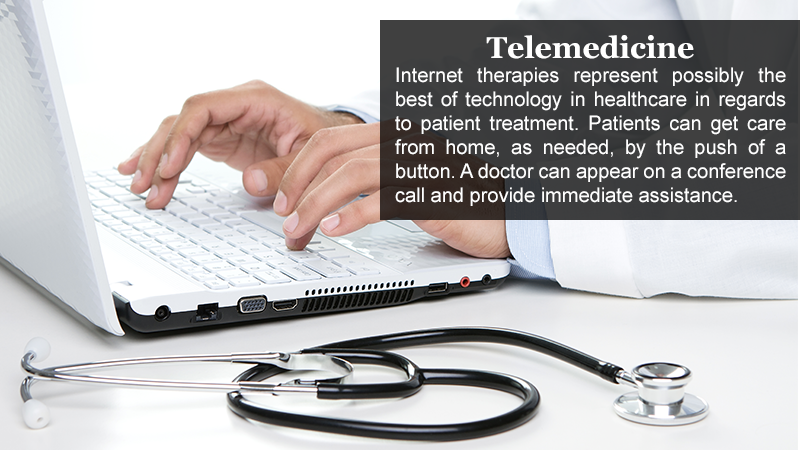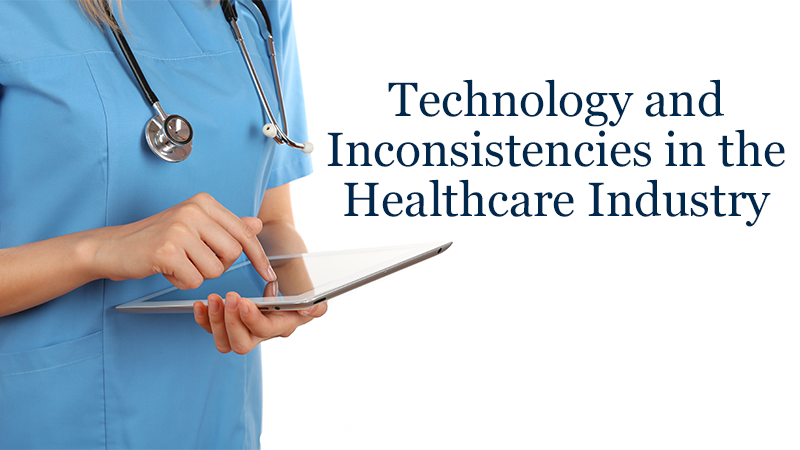Technology and Inconsistencies in the Healthcare Industry
The healthcare industry is both exploding and being held back by the onset of technology in all facets of the industry. What are these trends and how are they being implemented to reduce inconsistencies and, in some ways, bring in the potential for more?
Technology Trends in the Healthcare Industry in 2017
Technology, in the form of a digital infrastructure, such as the cloud computing network and shared P2P systems, has fundamentally changed how health professionals formulate their operations. But with all the proliferation of data, is decision-making affected in any extensive way? Furthermore, is there too much data for healthcare professionals to keep up?
Technological Advancements
The healthcare industry, like the education industry, could be compared to a very structured and slow-moving beast. Its strength is in its sheer size and the system of checks and balances that go into making it safe and responsible. Technology is largely the opposite of this system. It is flexible and fast, and the healthcare world is finding inconsistencies that arise from this mesh of two opposing entities.
Some of the largest advancements include the integration of legislation, such as MACRA and the proposed dismantling of the Affordable Care Act. Both efforts seek to rectify some mistakes in technology in healthcare while hoping to simplify matters.
The Importance of Technology
Despite complications, technology is essential for the forward progression of the healthcare industry. Below are a few technologies that are having the largest impact:
Telemedicine — Internet therapies represent possibly the best of technology in healthcare in regard to patient treatment. Patients can get care from home, as needed, by the push of a button. A doctor can appear on a conference call and provide immediate assistance. The limitations of cost, location, and a lack of professionals in the area are diminishing.
Mobility and Cloud Access — Internet therapy is powerful, but not all is exquisite in medicine. The cloud has further opened the door for data computing, where systems can store unheard of amounts of data which can be instantly accessed by phone as needed. This accessibility is not exclusive to doctor professionals offering the best care with the widest range of data. It is also a target for the black market, where some experts claim privatized healthcare data is greater than the financial market in potential outside digital theft. It’s a troubling trend which can lead to more than a few inconsistencies.
Big Data — The concept of the cloud has led right into Big Data, and it can be a groundbreaking new mainstay for the industry. The concept is being widely used now, as it encourages medical leaders to share data in a large system. The system then creates graphs and metrics based on the cumulative data that can heighten and improve diagnosis’ as well as identify risk factors with greater potency. Big Data relies on complete data, and this is where systemic inconsistencies can erode the technology’s effectiveness.
Empowered Consumers/Consumer-Facing Technologies — Attention is being directed to the consumer through some consumer-facing technologies. These technologies play off improving communication and getting everyone in line to reduce inconsistencies.

Common Inconsistencies
Cloud computing, particularly Big Data, leads to one of the most troubling areas of inconsistency, which is simply having too much information. The flood of information combined with growing HIPAA mandates and regulations are creating far too many opportunities for bad data to proliferate. Thankfully, some resources are available to minimize the explosion of data in the digital infrastructure.
How Can Starr & Associates Help
Starr & Associates is one such resource that assists with technological advancement. The goal of any healthcare technology resource is to leverage data to provide an improved platform for cost efficiency, business intelligence, and patient treatment. The ultimate goal is to save more lives. By having leveraged data platform on the back end, healthcare leaders can do what they do best at the front.
But, the technology aspect is potentially even more troubling as healthcare professionals seek to understand not just the problems, but the possible solutions.
A solutions provider can manage data processes by expanding scope and resources. Strategy, data governance, implementation, and training are pivotal parts of maximizing the efficiency of technology in medicine, and this is where a solutions provider like Starr & Associates can come into play.
